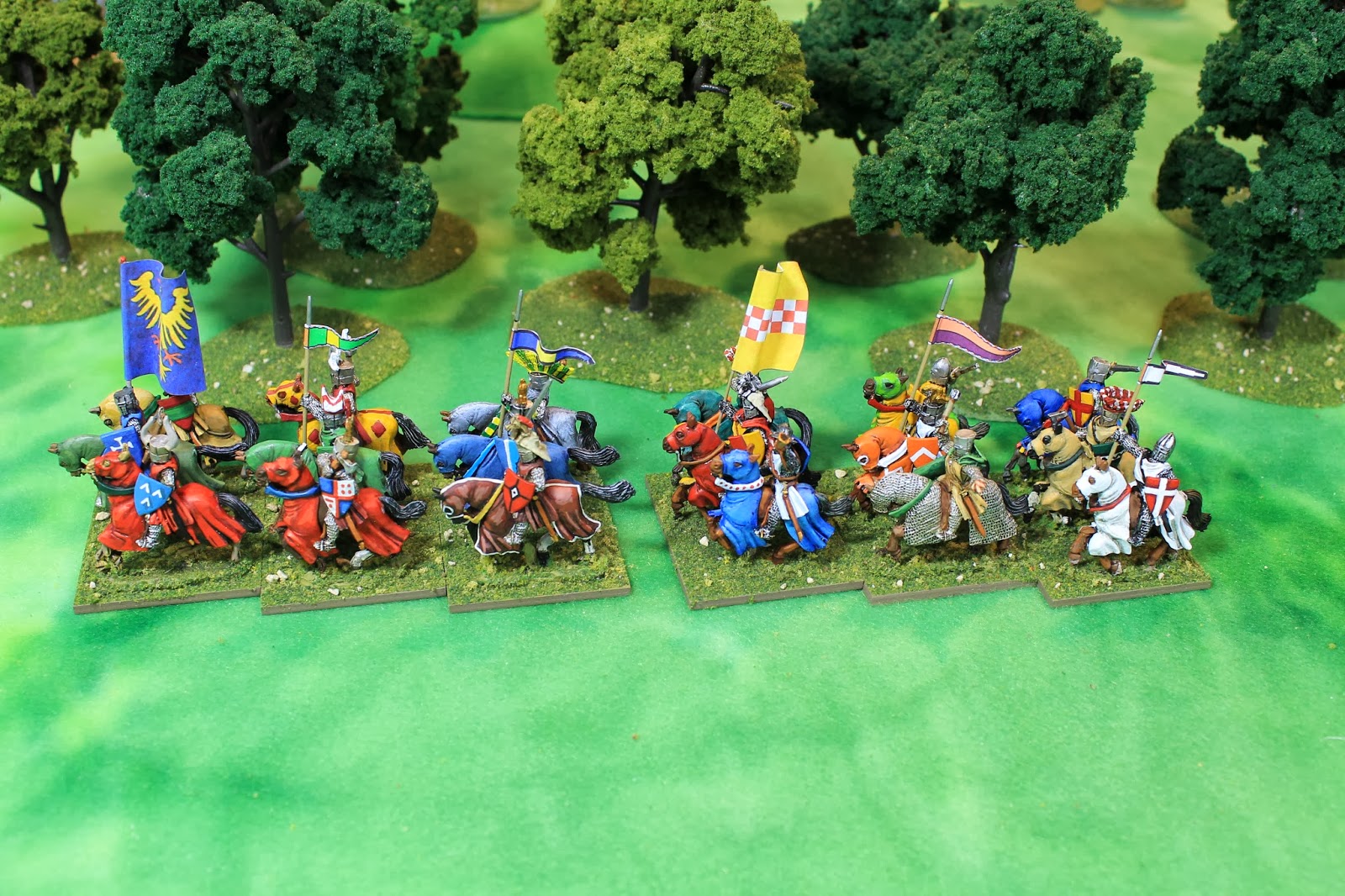Following the construction of our first piece of furniture, we have been thinking about what else would be useful to make. One of the first things that came to mind was a suitable replacement for a little table in the corner of our office that holds a lamp, phone base unit and some other things. In addition to the fact that the piece doesn't match the rest of the furniture in the room, it also isn't big enough to hold the wireless printer that is in the cabinet part of my desk. The printer is large enough that it doesn't fit well in the desk, but we don't have a better place to put it handy to the desk. So we decided to build one.
 |
| What we are replacing |
The basic plan was to build a three-tiered table like the old one but sized to hold the printer on the middle shelf. It would be a little taller, and made of clear select pine that could be stained to fit in with the existing furniture. Construction methods (hidden pocket joinery, etc) would be very similar to the console table project.
Step 1 - Cut all pieces to length and drill out all the pocket holes. This will allow for more of an assembly line process than we managed on the first project. Legs, top frame and middle and bottom shelf framing are 2x2s. Middle and bottom shelves are a length of 1x12. The table top is made of 3 lengths of 1x6. The table top pieces are about two inches longer than the end result will be as we plan to make the table top, then cut it length as a single piece with a (newly purchased) circular saw. This will give us a cleaner straight edge than cutting first and then joining would.
 |
| 1 - Materials - cut and drilled (bottom view) |
Step 2 - Glue and screw the sub-assemblies together. The top frame is at left, and the middle and lower shelf assemblies are at right center. The table top boards have not been joined yet in the picture.
 |
| 2 - Sub assemblies mostly complete (bottom view) |
Step 3 - Glue and screw the three table top boards together. Before I joined these, it occurred to me that it would look nice, and give the top a little visual interest, if I micro bevelled the edges of the boards. I sanded each interior board edge at a 45 degree angle for just a couple millimeters with a sanding block. When the boards are joined, there is now a small "v" groove between the boards, and it looks terrific.
 |
| 3 - Tabletop with micro-bevel board joints |
Step 4 - Frame assembly. Having made the top frame and two shelf assemblies, the next step was to join each of the three pieces, in sequence from top to bottom, to two of the side legs. First we attached the top frame, then the middle shelf, then the bottom. Once this was complete, we flipped the piece and attached the other two legs. This was the most difficult step, or perhaps I should say most important, in that we needed to make certain at this step that everything was level and square. If not, we would have ended up with a wobbly uneven end result. After assembling everything, we decided that the piece would look more finished if we dressed up the two sides by adding a "dead man" piece of 2x2 to the side of the top frame, and a piece of upright 1x2 to the end of each shelf. I'm very glad we did this.
 |
| 4 - Frame assembled |
Step 5 - Attach and cut/trim the tabletop. The top was glued onto the frame and screwed from underneath. At this point construction was done. All that remained was to sand thoroughly, put on two coats of Minwax Wood Finish ("English Chestnut"), and then two coats of Minwax Polyurethane. I added a third coat to the top only. We sanded lightly between all the various coats using progressively finer sandpaper (we started at 220 and ended at 400).
 |
| Construction complete |
We let the final coat of Polyurethane dry for about three days before putting the table in place and getting everything set up.
 |
| Stained, sealed and in place |
I am thrilled with how this turned out. It is perfectly level and square, there are no "oopses" that anyone would ever see, and it really looks like a store bought piece of furniture. While this is the second project we have built, it is the first one we have completely finished and I am proud of the result. It was not that difficult to make, not expensive at all (about $50 in materials), and is custom fitted to exactly the dimensions we wanted to fit the space and use for which it was intended.
 |
| Close up |
Now the usual question - what next?































